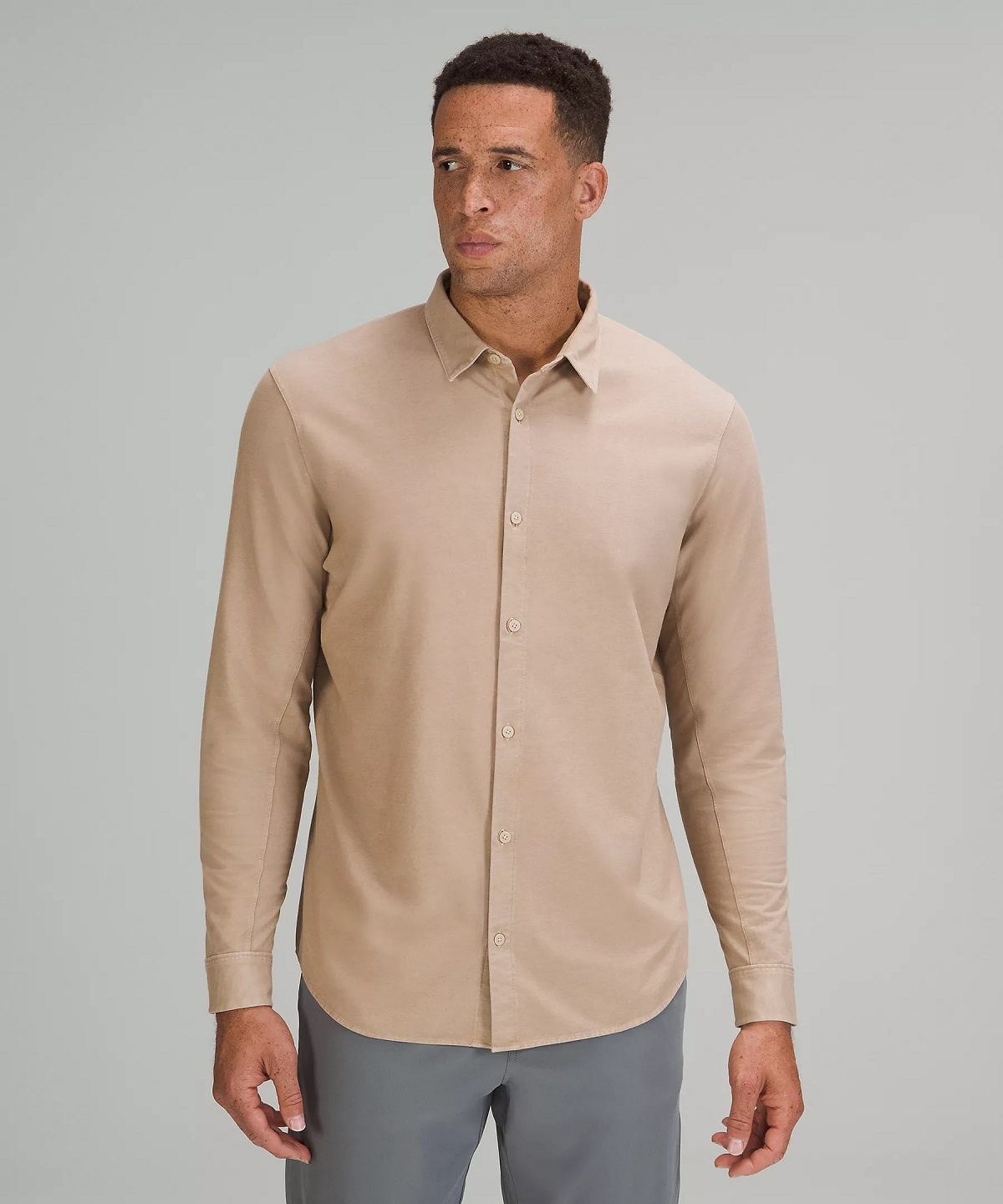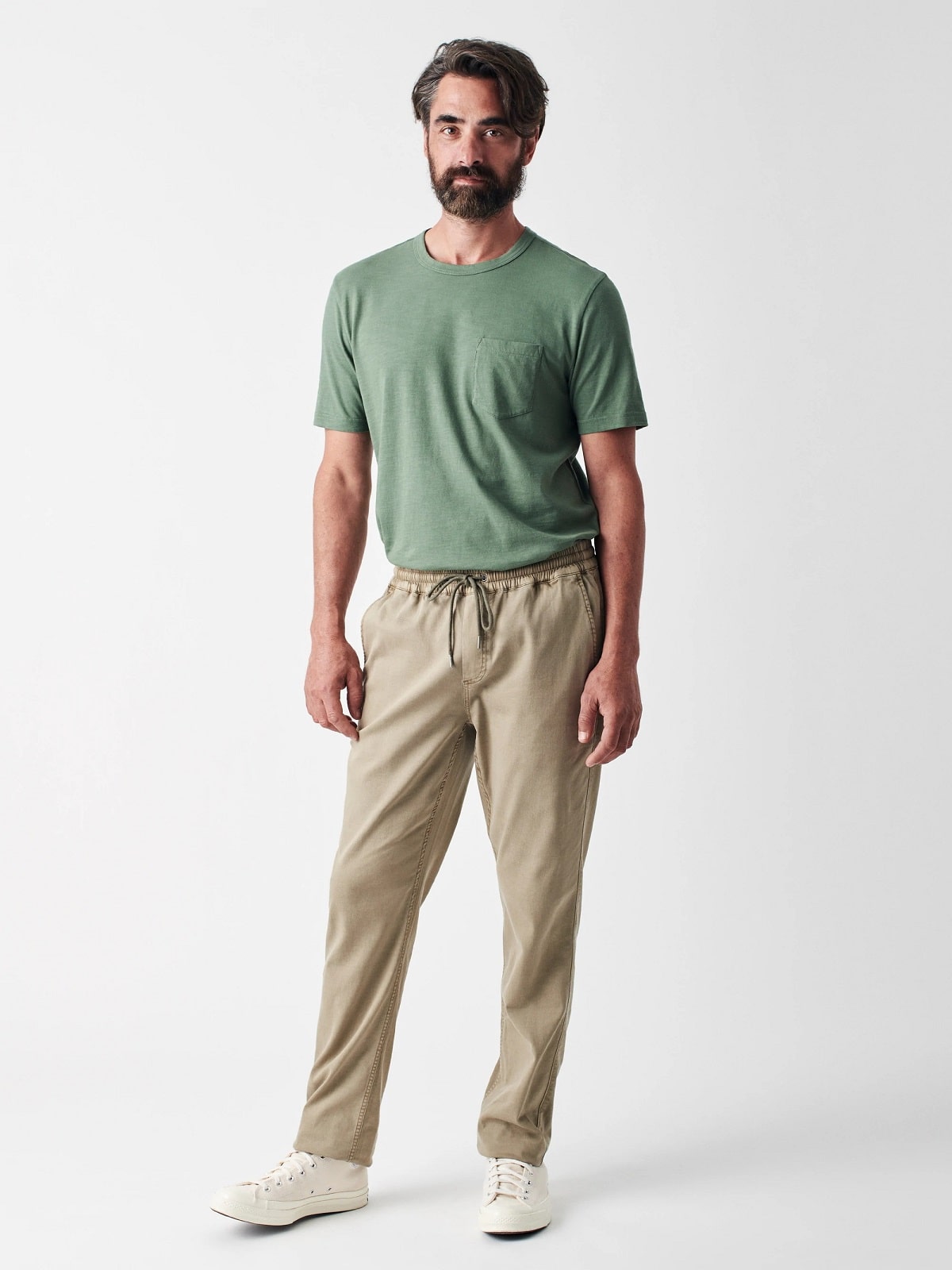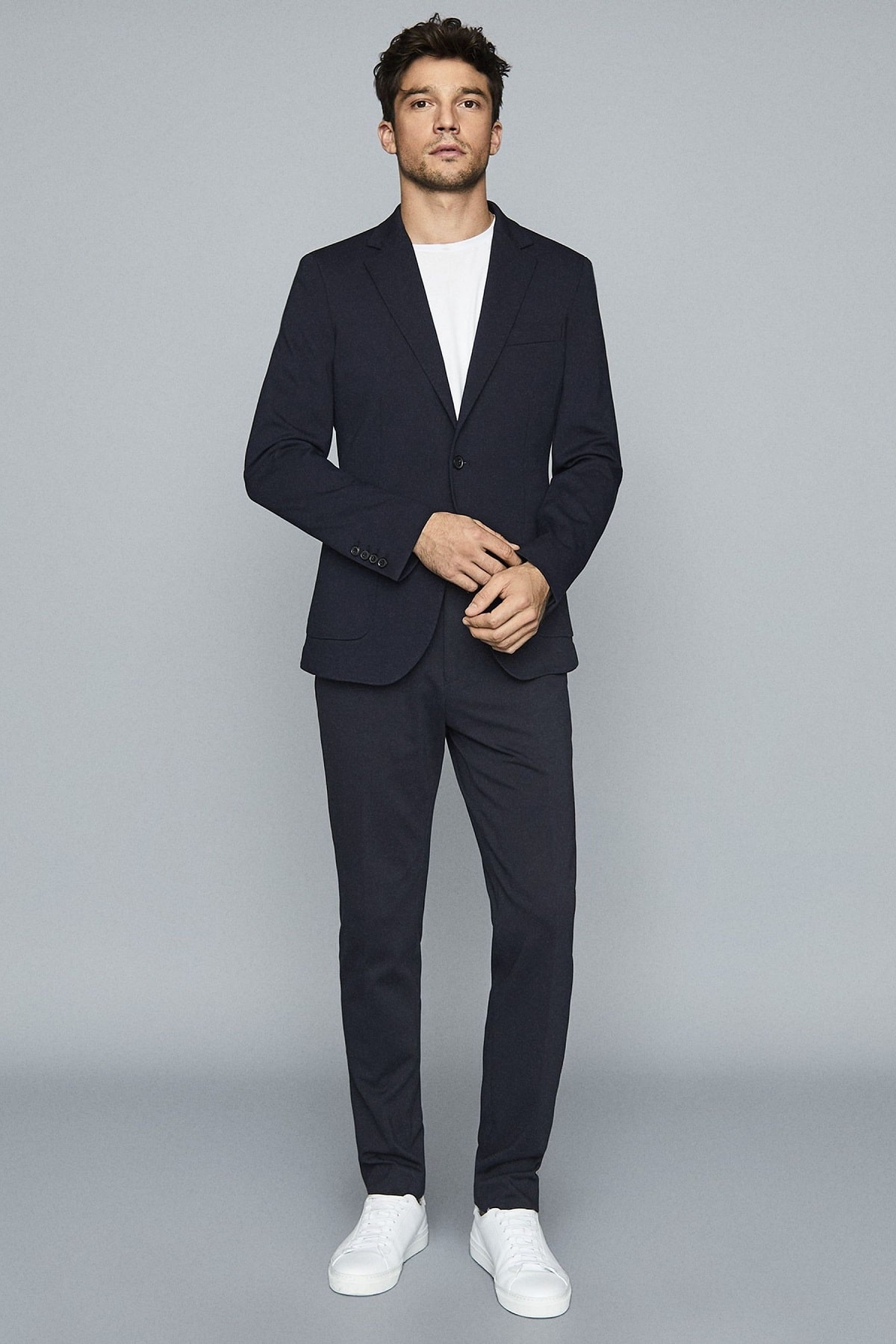1
HOME > Tips & Advice >
TIPS TO ADJUST YOUR WARDROBE AFTER A WEIGHT CHANGE
Written by Ivan Yaskey in Tips & Advice on the 23rd May 2022

Seldom does your weight stay in the same spot through adulthood. Age changes our bodies, as does lifestyle. The quarantine 15 was a reality for many suddenly finding themselves spending more time at home and undoubtedly more sedentary. On a yearly basis, too, you might see some gain around the holidays, followed by a few months of sweating it out and toning up in the gym. So, what do these scenarios mean for your clothes? A few pounds here or there – or even a stone – might not make a huge difference in terms of how something fits. You feel it, though, and mentally, it suddenly seems like nothing you own looks the way you need it to. Shirts and trousers feel too tight toward the waist, or you’ve noticed something with a classic or slim cut now has more space. Sometimes, styling makes the change less obvious – blazers and other casual jackets cut with a looser, less-structured form help in this regard – or you temporarily pin the excess fabric. Still, that’s not ideal as a long-term solution. You’re also not entirely sold on buying a new wardrobe – especially if your weight fluctuates. To anticipate this and adjust, think about the following:
Know Where You Gain and Lose Weight
Our bodies aren’t identical. Height and shape make this obvious, and this cliché sentiment is further present in where and how we gain or lose weight. Sometimes, that’s toward the middle, maybe it’s clear through your face and neck, or the change might be all over. In all cases, think about where you typically gain or lose weight, and aim to have pieces in your wardrobe that allow for more flexibility within this area. This could be having more items with flexible fabrics, opting for trousers with a drawstring or discreet elastic waistband, or foregoing slimmer fits for a more versatile and sometimes more camouflaging “classic” or “regular” cut.

Go Through Your Wardrobe
Most of the time when the menswear sphere talks about paring down a wardrobe, the focus is on questioning all the trend-driven pieces you own and replacing or supplementing it with something more classic. However, weight changes are another factor to consider. You might have something a few years to over a decade old, and you tell yourself, “I’ll get down to the weight where I can fit into it again.” Life gets in the way – maybe you don’t have as much time to go to the gym, or you’ve been spending more hours at work. Either way, the aspirational garment ends up taking space within your wardrobe. If you’re finding that an increasing percentage of your wardrobe creeps into the “aspirational” category, it’s time for an audit of what you own. Go through garments to determine when you wore something last, how well it currently fits, and how it may fit in the future if your weight changes. Group your clothing by what you can wear now without issue, what might need some light modifications or styling, and what doesn’t fit at all – and likely won’t in the future. Then, compare this to the building blocks of a classic or capsule wardrobe, and fill in any gaps with garments allowing for some flexibility.
Consider Tailoring
Especially if you anticipate or strive for a more permanent change in weight, consider getting some of your garments tailored. It’s far more difficult to adapt tightly or smaller-fitting pieces to a larger frame, so proceed with this step only if your shirts, trousers, and suit jackets need to be sized down. Doing this not only saves these garments but also costs less than purchasing a new wardrobe. Not all alterations will be the same, however. Based upon how pieces fit, prepare to have seams taken out, the neck, cuffs, and arms adjusted in varying degrees, and even back pockets resized or moved.

Filling in the Void
Based upon how you’ve trimmed down your wardrobe, you might find you’re missing key pieces or are left with a handful of basics and nothing else. At this stage, you might be tempted to fill in some missing components, whether that’s finding a new suit jacket or looking for a few shirts. In this case, approach this endeavour like you would as you’re building up a more classic wardrobe with one caveat in mind: If you anticipate your weight fluctuating in the future, consider garments or features that accommodate a degree of flexibility without requiring tailoring. Or, if you consider this phase a transitional period in your weight loss or gain journey, you may want to look for lower-priced temporary garments – or something you could alter later. Should you find yourself in this position, opt for secondhand due to the confluence of lower price and potential quality: Head to thrift and consignment stores, look through the secondhand marketplace with your new measurements in hand, or ask your friends and relatives for pieces you can borrow. Box and rental services also provide some assistance if you need to dress up or explore something new without a significant price commitment.
To supplement your changing wardrobe:
- Look for trousers and denim with drawstring waists. This feature started seeing greater popularity during the pandemic for two reasons – comfort and versatility.
- Consider a partial elastic waistband. These all don’t have that scrunchie or gym shorts effect. Rather, especially for smart-casual and dressier fare, the elastic gets built into and covered by the waistband, so that it goes unnoticed.
- Look for more flexible fabrics. That touch of spandex and polyester proves to be a saviour if you’re looking to escape or not be confined by a more restrictive fit.
- Stick to garments in cool to neutral hues, as these shades tend to slim wider builds and are less likely to call attention to your body’s physical changes.
- Aim for “classic” and “regular” fits, as these provide some room without appearing too baggy or too slim.

What to Avoid
If your weight is known to fluctuate or you’re making weight-based adjustments to your wardrobe:
- Avoid tighter cuts and materials, as these immediately accentuate any gain. This includes slim-fitting dress shirts designed for a triangular body type, ultra-skinny and spray-on denim, and knits and other casual shirts with a slim, close-fitting straight cut.
- Stay away from stiffer, more rigid materials for the time being. Especially in conjunction with a slimmer fit, the material can make it seem like you’re having to adjust your body to the garment. The result feels awkward and uncomfortable and tends to deliver an unflattering, try-hard silhouette.
- Be cautious with more structured silhouettes. Although you want your garment to have form, they can result in a boxy appearance or, if too tight, not fit your body. A garment should give you shape without appearing to conceal something or be poorly cut.
- Approach oversized fits selectively. Although these might appear to give you more room, they can have a too-draped muumuu effect when your shoulders and waist don’t have definition.
- Don’t go all-in with trendy clothing. Construction and material issues aside, you can get stuck with having only dated styles that fit and flatter your body. Keep your core and long-term garments on the classic side.

Trending
2
3
4
5
6
7
8
9
10










